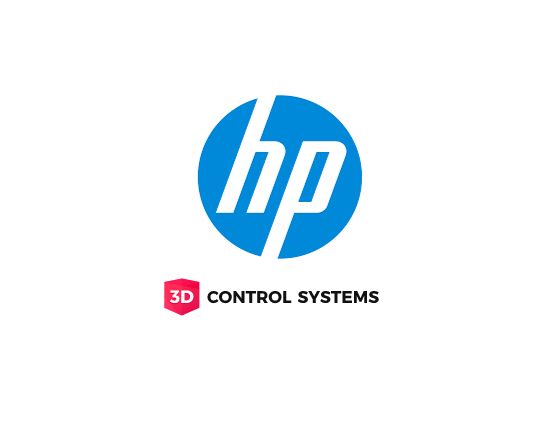
3D Control Systems announced a partnership with HP, and this indicates how the manufacturing workflow service will proceed.
3D Control Systems
3D Control Systems, you might recall, is the parent of 3DPrinterOS, a long-time service that made desktop 3D printers “smart” by connecting them to an intelligent cloud system via a set-top box or attached PC.
That business was reasonably good, and especially for facilities that operated larger fleets of desktop 3D printers, such as educational institutions and a small number of manufacturing operations.
Desktop 3D Printing Transformation
The problem 3DPrinterOS faced was one that every entity involved in desktop 3D printing has faced: there’s not a lot of money in that segment. With many 3D printer manufacturers in a “race to the bottom” price-wise to capture more customers, the game slowly transformed into one of high-volume and low-margin.
Many desktop 3D printer manufacturers and others associated with that ecosystem failed or changed. Ultimaker, for example, switched markets from DIY customers to professional buyers. Unless in the “race to the bottom”, almost every 3D print company has made some type of transformation. 3D Control Systems offers a far more comprehensive network that delves a lot more deeply into the workflows in additive manufacturing.
Proprietary AM APIs
But there’s one catch here: while most desktop 3D printers have a ubiquitous USB port to connect and control the device, the 3D printers made by the major industrial players tend to have proprietary and closed interfaces that are used only by their own software.
This barrier effectively cuts off 3D Control Systems from managing many types of 3D printers, and in particular the pricey ones that would likely be the most profitable to manage with their service.
HP and 3D Control Systems
Until now, that is. They’ve negotiated a deal with HP to open up the HP additive equipment to 3D Control Systems. As an aside, 3D Control Systems’ CEO is an HP veteran. They say of the new deal:
“The integration of HP 3D API enables 3D Control Systems customers using HP Jet Fusion systems to streamline workflow, optimize job efficiency, and analyze production efficiency with access to critical data.
HP Jet Fusion users will be able to connect directly with their systems through 3D Control Systems software to simplify device management and get real-time updates on performance and efficiency.”
This is a massive breakthrough by 3D Control Systems, as the power of their solution can be applied to HP MJF equipment. When users recognize the benefits of the functionality a few things could happen:
- HP may generate additional sales to clients who have interest in optimizing their AM workflows
- HP’s competitors could feel left out as their default software may not be as comprehensive as 3D Control Systems’
- HP’s competitors may lose sales to HP because of this
When those things happen we could see a rush of 3D printer manufacturers to 3D Control Systems, hoping to connect with their APIs. That’s good for 3D Control Systems and good for the competitors.
Some competitors may attempt to build similar functionality in their own software systems, however, as it is usually better for the manufacturer to keep directly control of their clients by keeping them in a known zone of operation. However, that’s a big project that could be attempted by only the largest players. It would be far easier to simply partner with 3D Control Systems, who have the service in place.
